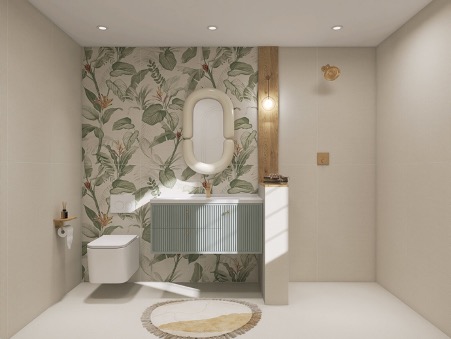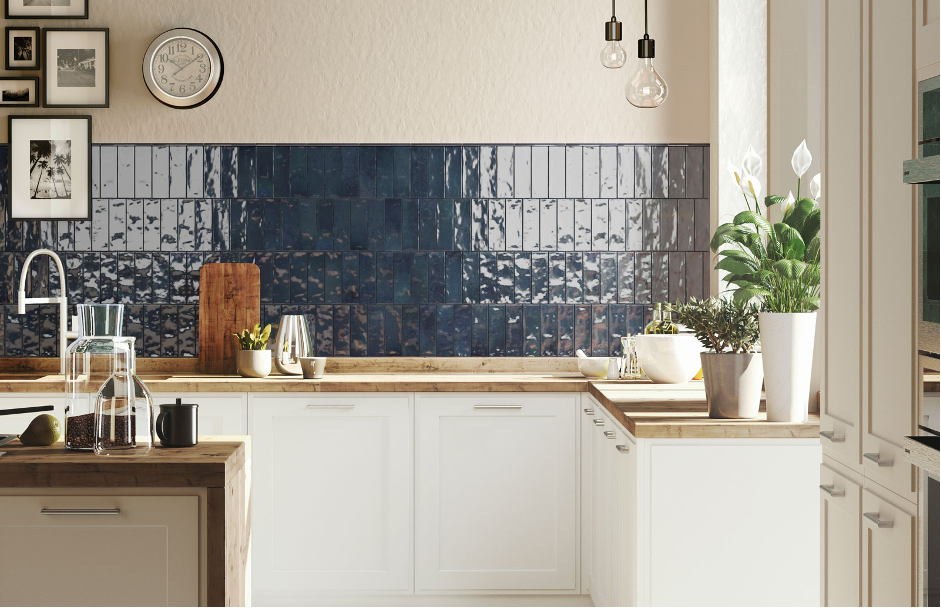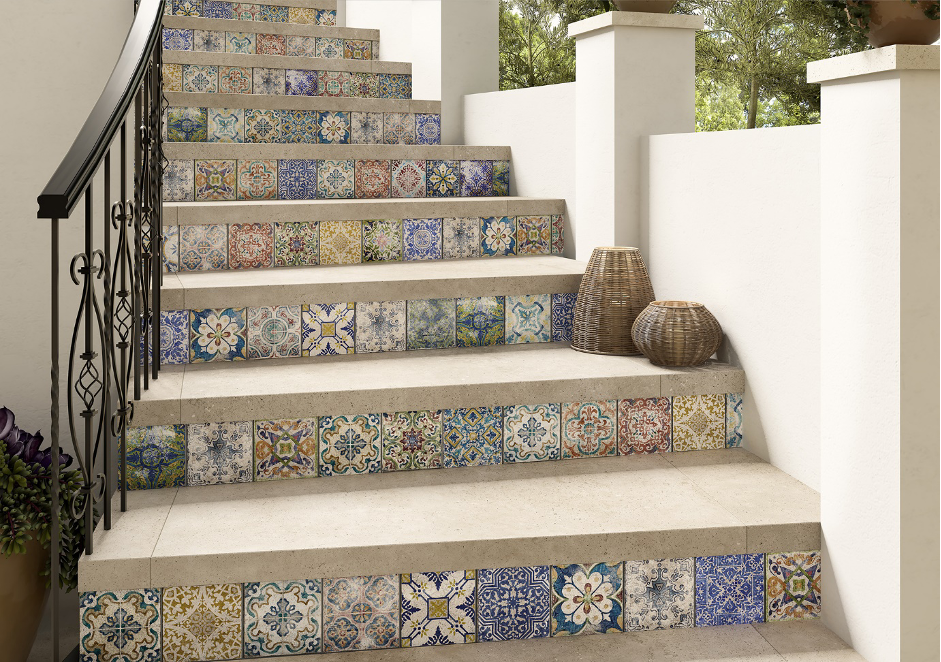
Choosing the right tiles for your home can be a daunting task, given the vast array of options available in the market. The right tiles can transform a space, adding beauty, functionality, and value to your home. In this blog, we’ll guide you through the essential factors to consider when selecting tiles for your next project, ensuring you make the best choice for your space.
1. Determine the Purpose
Before choosing tiles, it’s crucial to understand where and how they will be used. Different areas of your home have different requirements.
Tips:
– Kitchen and Bathroom: These areas require tiles that are water-resistant and easy to clean. Ceramic, porcelain, and vitrified tiles are excellent choices.
– Living Room and Bedrooms: Here, aesthetics take precedence. Choose tiles that complement your interior decor. Natural stone or wood-look tiles can add warmth and elegance.
– Outdoor Areas: Opt for tiles that are durable, slip-resistant, and can withstand the elements. Natural stone, quarry tiles, or specially designed outdoor tiles are suitable.
2. Choose the Right Material

Tiles come in various materials, each with its own characteristics. Select a material that fits the functionality and aesthetic of your space.
Common Materials:
– Ceramic: Affordable and available in many designs, ceramic tiles are ideal for low-traffic areas.
– Porcelain: More durable and water-resistant than ceramic, making them suitable for high-traffic and wet areas.
– Natural Stone: Offers a unique, luxurious look but requires regular maintenance and sealing.
– Vitrified: Known for their durability and low porosity, making them suitable for both indoor and outdoor use.
– Glass: Ideal for backsplashes and decorative accents, glass tiles are easy to clean and add a touch of elegance.
3. Consider the Tile Size

The size of the tile can significantly impact the look and feel of a space.
Tips:
– Small Spaces: Larger tiles can make a small space appear bigger by reducing the number of grout lines.
– Large Spaces: Smaller tiles or intricate mosaic patterns can add texture and interest to large areas.
– Wall vs. Floor Tiles: Floor tiles should be more robust and thicker, while wall tiles can be thinner and lighter.
4. Select the Right Finish
The finish of a tile affects its appearance, feel, and maintenance.
Common Finishes:
– Glossy: Reflects light and makes spaces look brighter and larger. However, they can be slippery and show scratches easily.
– Matte: Offers a non-slip surface, ideal for floors and wet areas. They hide dirt and scratches better than glossy tiles.
– Textured: Adds depth and character to a space, and is great for creating feature walls or adding grip to floors.
5. Choose the Right Color and Pattern

The color and pattern of tiles play a significant role in setting the mood and style of a room.
Tips:
– Light Colors: Make a room feel larger and more open. Ideal for small or dark spaces.
– Dark Colors: Add warmth and coziness but can make a space feel smaller.
– Neutral Colors: Versatile and timeless, neutral tiles can blend with any decor style.
– Bold Colors and Patterns: Great for creating feature walls or adding a focal point. Use sparingly to avoid overwhelming the space.
6. Assess Durability and Maintenance
Different tiles require varying levels of maintenance and have different lifespans.
Tips:
– Durability: Consider the tile’s PEI rating (Porcelain Enamel Institute), which indicates its resistance to wear. Higher ratings are suitable for high-traffic areas.
– Maintenance: Natural stone tiles require sealing and regular maintenance. Porcelain and ceramic tiles are low-maintenance options.
7. Budget Considerations

Tiles come in a wide range of prices, so it’s essential to choose options that fit your budget without compromising on quality.
Tips:
– Cost-Effectiveness: Ceramic tiles are generally more affordable than porcelain or natural stone.
– Long-Term Investment: While some tiles may have a higher upfront cost, their durability and timeless appeal can make them a worthwhile investment.
Choosing the right tiles for your home involves balancing aesthetics, functionality, and budget. By considering the purpose, material, size, finish, color, durability, and cost, you can select tiles that not only enhance the beauty of your space but also stand the test of time. Make informed choices to ensure your tiling project is a resounding success, adding value and comfort to your home.
